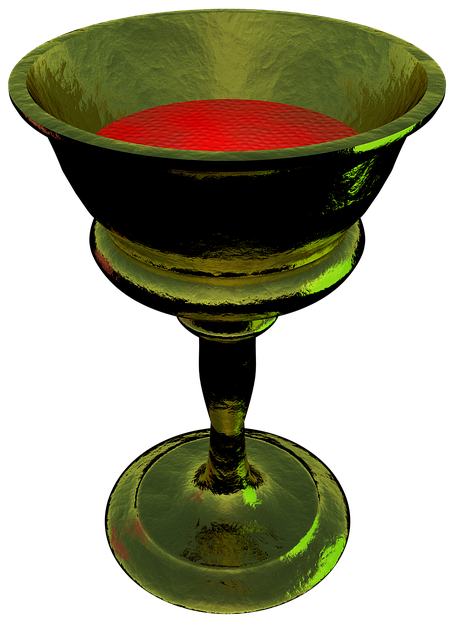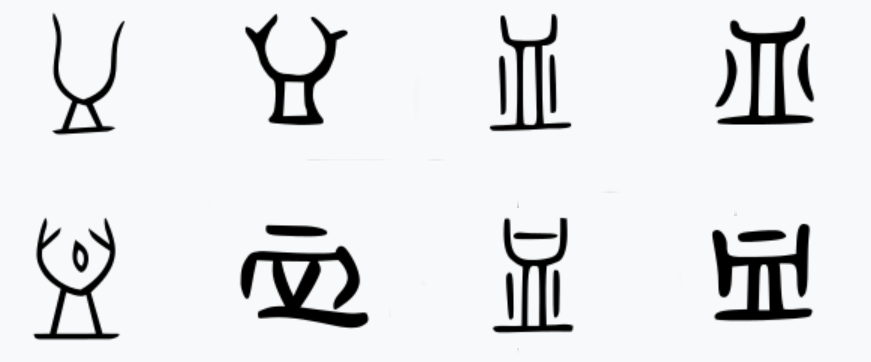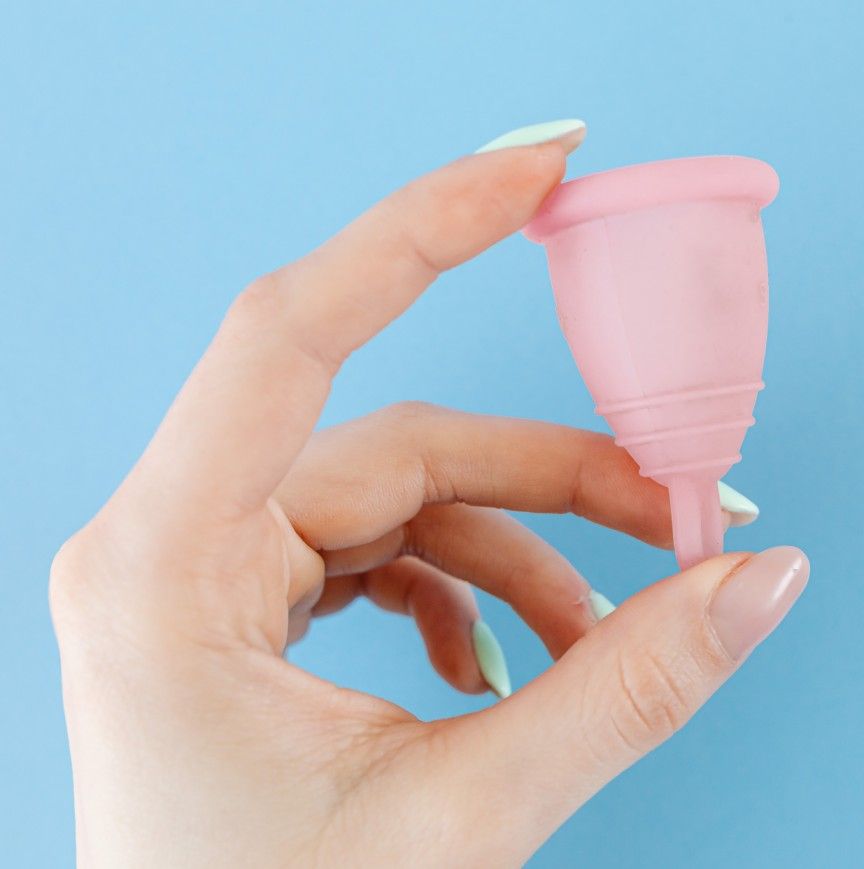Thanks to me unexpectedly* contracting Covid on my trip abroad and having my holiday reduced to a confinement in a very expensive hotel on the equator, Hanzi of the day is back with a new edition! Today's topic is a bit biblical in nature as it includes chalices filled with blood.
* Not really unexpectedly, as my astronomically bad luck has recently raised a dispute among senior statistitians regarding the notion of Independence in probability theory.

Today's character blood 血 xuè is actually just a chalice 皿 mǐn with a single drop of animal blood in it. Originally the logogram 血 depicts a bronze container with animal blood used in ritual sacrifice. The two characters never lose their connection through the centuries and have evolved in parallel:

The concept of animal sacrifice is pretty much universal across cultures. Evidence of it exist in:
- Prehistoric Ancient Egypt.
- It features prominantly in all of the Abrahamic religions.
- It's common across the vast majority of pagan religions (For example the Celtic people).
- And of course, it appears in Ancient China, where the value of each animal sacrifice was formalised in a strict hierachical structure. Thanks Confucious, really not sure what we would've done without it.
Now, the best part of it all is that nowadays we do have a mass produced 3D version of the 血 character, which conveniently serves as a mnemonic for Chinese learners across the globe:

Don't catch Covid on your holidays... Or at all.
Nick

